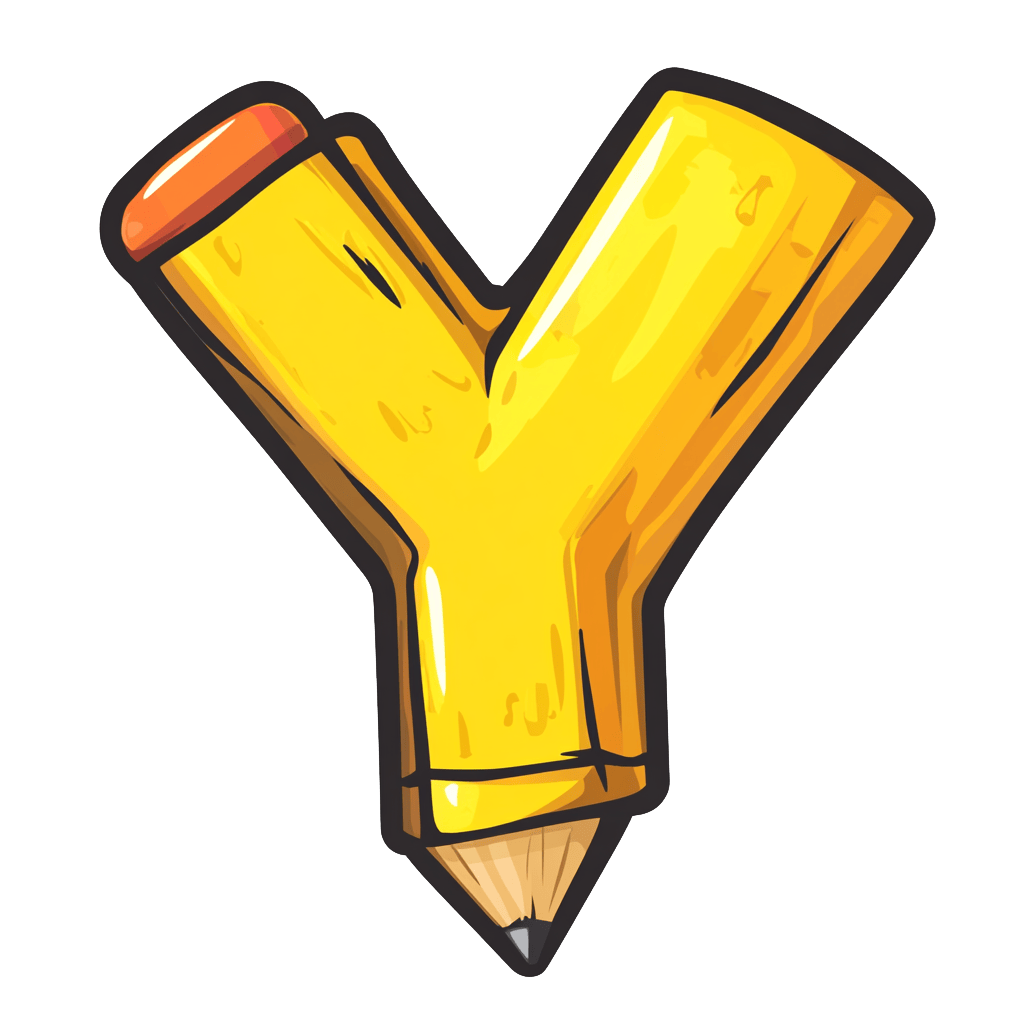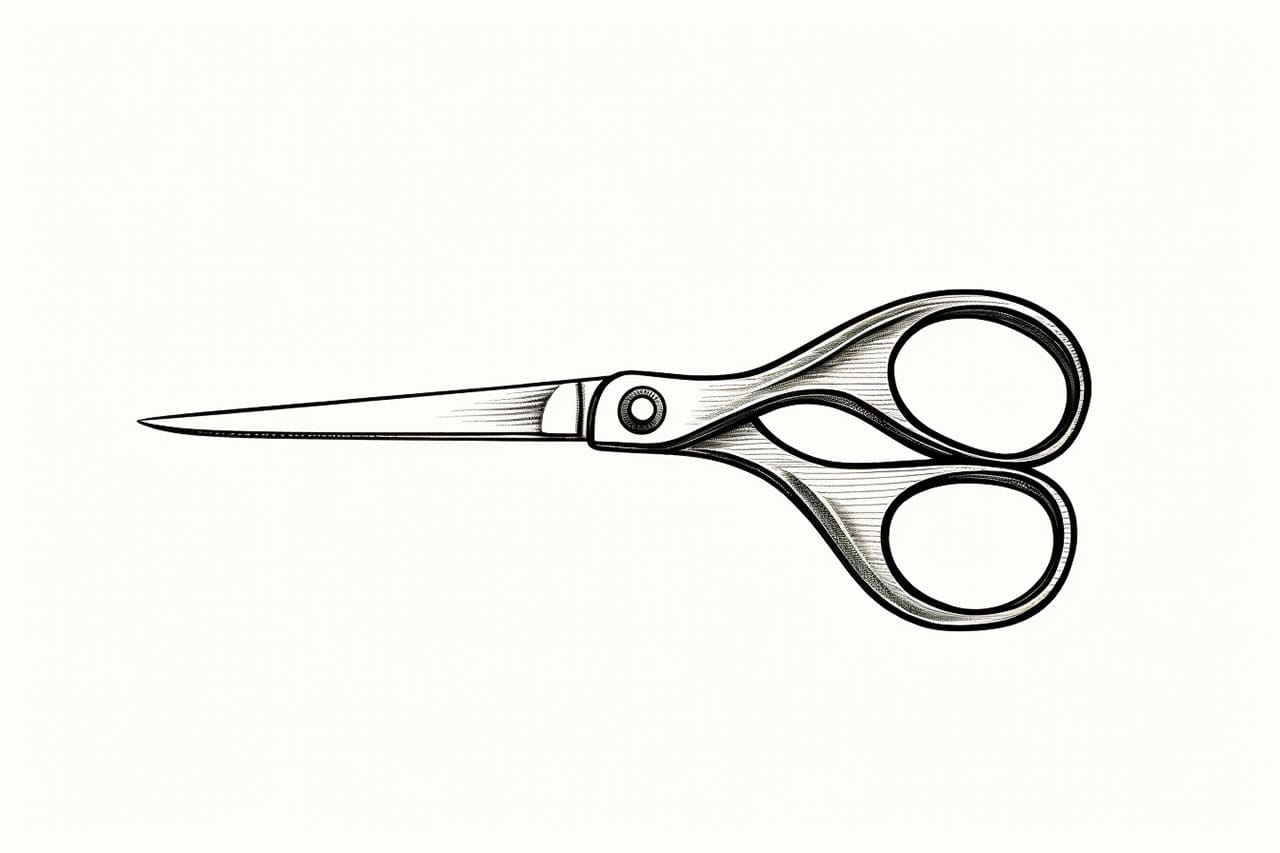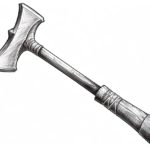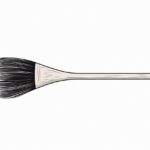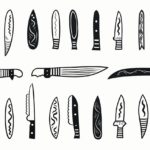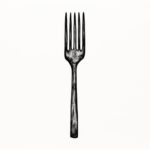As an artist, drawing everyday objects can be a fun and rewarding exercise. Scissors are a common tool that we interact with on a daily basis, and learning how to draw scissors can add a touch of realism to your artwork. In this step-by-step guide, I will walk you through the process of drawing scissors in a clear and concise manner.
Materials Required
Before we start, let’s gather the materials required for this drawing tutorial. Here’s what you’ll need:
- A pencil
- A piece of paper
- An eraser
- Optional: Colored pencils or markers for adding color to your drawing
Now that we have our materials ready, let’s dive into the steps of drawing scissors!
Step 1: Sketching the Basic Shape
Start by lightly sketching a rectangle shape that represents the handle of the scissors. Ensure that the rectangle is slightly longer than it is wide. This will serve as the foundation for the rest of the drawing.
Step 2: Drawing the Blades
From the top of the rectangle, draw two diagonal lines that converge towards a single point at the bottom. These lines will form the blades of the scissors. Make sure the lines are parallel to each other and taper towards the tip.
Step 3: Shaping the Handles
Extend the lines of the rectangle upwards, curving them slightly outward to create the shape of the handles. The handles should be wider towards the bottom and gradually become thinner as they move towards the top.
Step 4: Adding Details to the Blades
To make the blades appear more realistic, add a small curve at the base where they meet the handles. This will give the impression of a hinge mechanism. Additionally, draw a small semi-circle at the bottom of each blade to represent the cutting edge.
Step 5: Enhancing the Handle Shape
To add more dimension to the handles, draw two curved lines on each side, following the shape of the handles. These lines will provide a contouring effect, making the handle appear rounded and three-dimensional.
Step 6: Fine-Tuning the Outline
Now that the main shapes are in place, go over the pencil lines and darken them, refining the outline of the scissors. Pay attention to the curves, angles, and proportions as you work on this step. Erase any unnecessary guiding lines that may still be visible.
Step 7: Adding Details
To add more realism to your drawing, incorporate some key details. Draw a small circle at the top of each handle to represent the screw that holds the scissors together. You can also add some texture lines to the blades and handles, indicating the metal and grip. Take your time with this step, as these details will bring your drawing to life.
Step 8: Coloring (Optional)
If you want to take your drawing to the next level, consider adding some color. Scissors are commonly made of metal, so shades of gray or silver would be appropriate. You can use colored pencils or markers to add depth and shading to your artwork. Experiment with different techniques to achieve the desired effect.
Conclusion
Drawing everyday objects like scissors can be a great way to practice your skills as an artist. By following the step-by-step instructions outlined in this guide, you can create a realistic and detailed representation of scissors. Remember to take your time and pay attention to the proportions and details. Happy drawing!
Gallery of Scissors Drawings
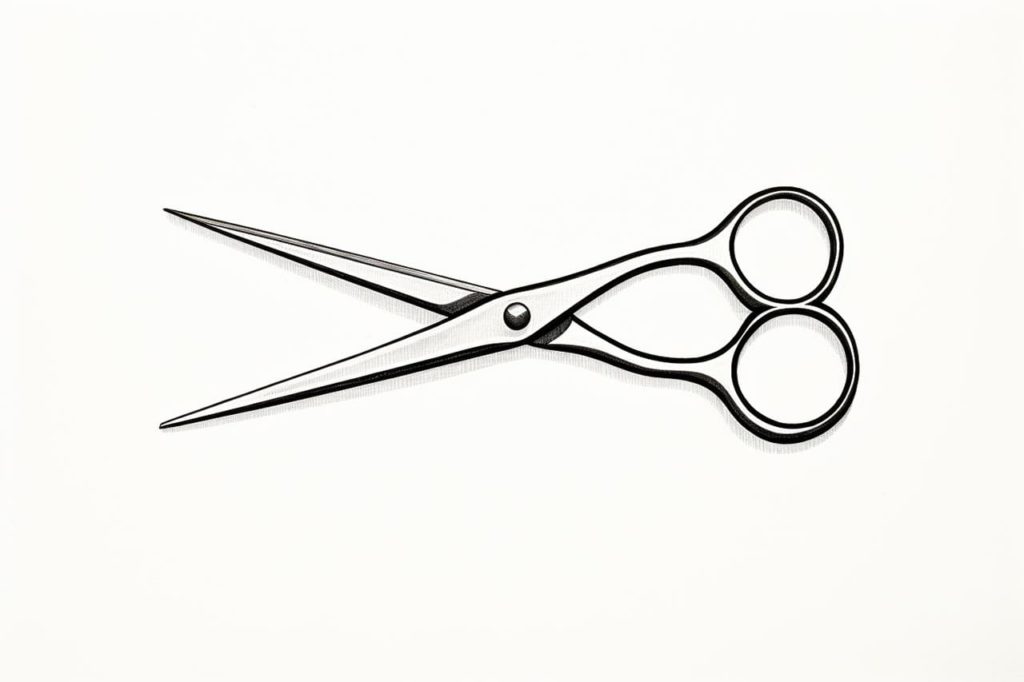
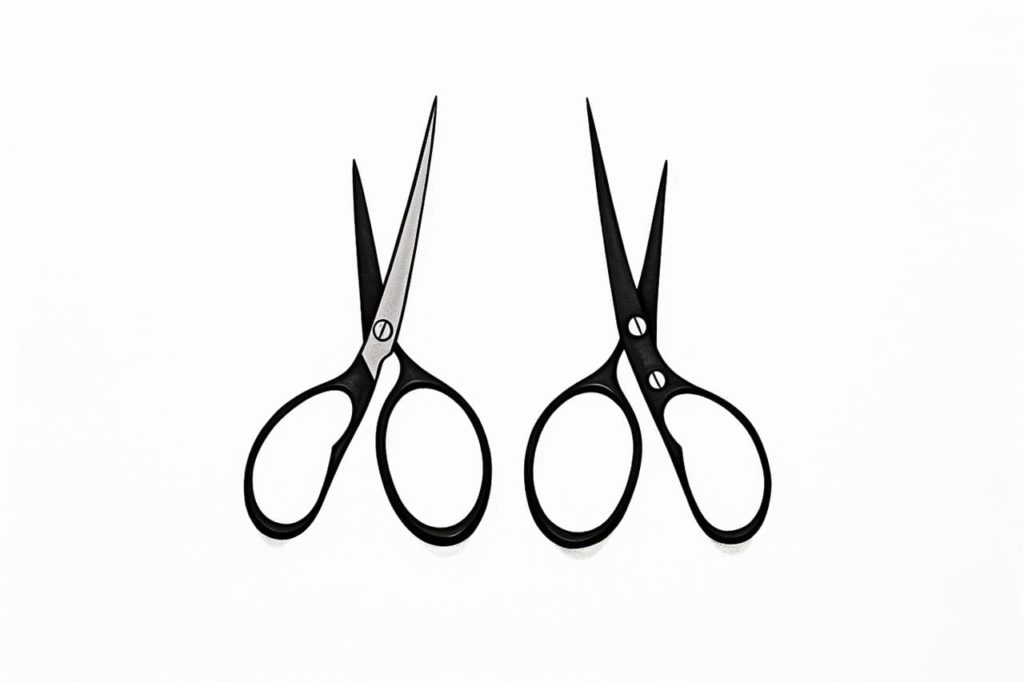
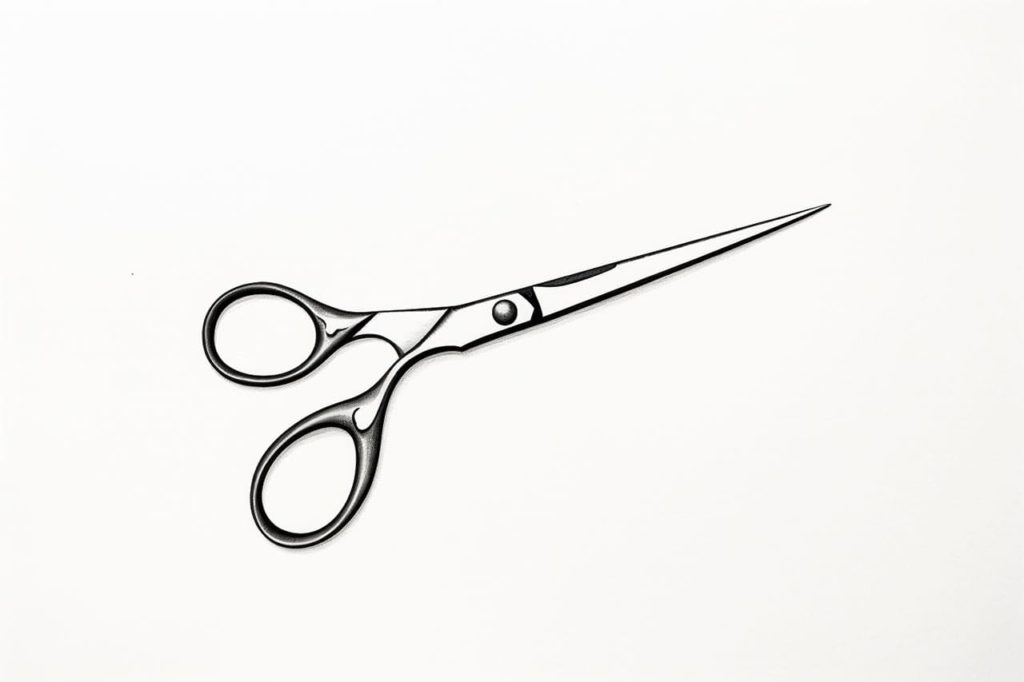
Fun Facts About Scissors
- Scissors have been around for over 3,000 years; ancient Egyptians used scissors-like devices for cutting.
- Leonardo da Vinci is often credited with improving the design of scissors, making them similar to the modern version we use today.
- The word “scissors” comes from the Latin word “scindere,” which means to cut or divide.
- Scissors are not just for cutting paper or fabric—there are specialized scissors for surgical procedures, haircuts, and even bonsai trimming.
- In Japan, a type of traditional folding scissors known as “Higo no Kami” are cherished for their craftsmanship and unusual folding design.
- Left-handed individuals often face challenges with regular scissors, prompting the creation of left-handed versions to provide better comfort and ease of use.
- The Guinness World Record for the largest pair of scissors was measured at 12 feet 2.75 inches (3.73 m) long and are fully functional!
- In China, scissors are often considered a symbol of unity because their two blades work together as one to perform their function.
- There are eco-friendly scissors available that are made with recycled materials, appealing to more environmentally-conscious consumers.
- Scissors are a popular tool in many cultures’ art and craft traditions, from paper cutting in China to fabric cutting in quilting.
Suggestions for Scenes and Settings for Scissors Drawings
- Craft Desk Adventure: Illustrate a bustling craft desk with vibrant papers, ribbons, and a pair of artistic scissors ready to create magic.
- Garden Pruning Scene: Draw a peaceful garden where a pair of scissors tenderly trims a bed of vibrant flowers and tangled vines.
- Old-fashioned Tailor Shop: Capture the charm of a vintage tailor shop with a distinguished tailor snipping fabric with gleaming scissors.
- School Art Class: Depict a classroom filled with children joyfully cutting and crafting with brightly colored safety scissors.
- Magic Scissors: Design a fantastical scene where scissors cut through dimensions, revealing whimsical worlds within each snip.
- Cooking Prep: Show a kitchen alive with activity, where scissors skillfully slice herbs and open package seams around a cheerful chef.
- Office Supplies Battle: Create a funny scenario of office supplies like scissors, staplers, and glue sticks involved in a playful standoff.
- Unusual Collection: Picture a collector’s cabinet filled with antique and modern scissors from various cultures and eras, each telling a story.
- Underwater Cutter Fish: Imagine an ocean scene where scissors-like fish dance gracefully among the coral, nipping bits of seagrass.
- The Legend of Scissorsholme: Visualize a mystical land where scissors are the legendary tools that protect harmony, depicted in a medieval tapestry style.
